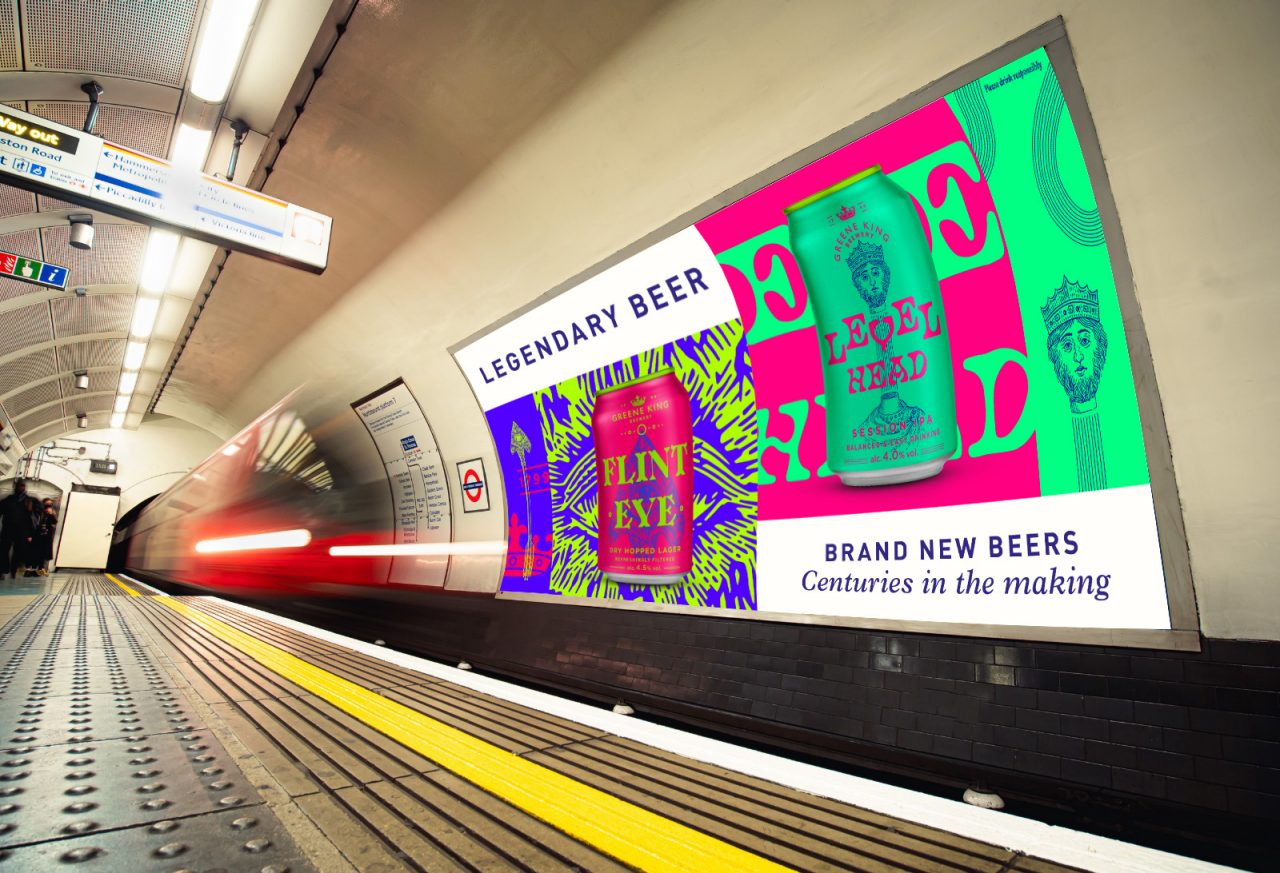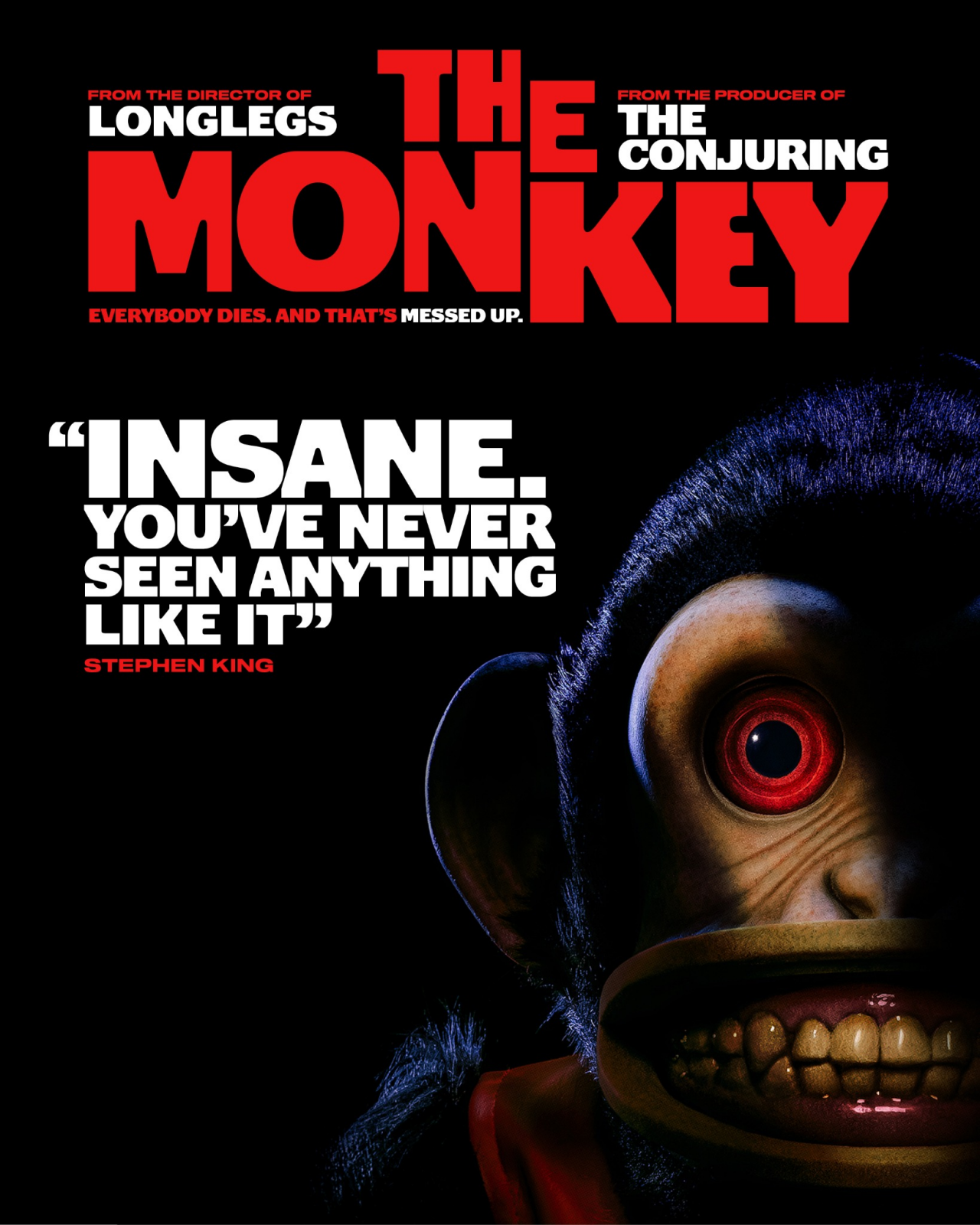AI, Ads and Incentives: What ChatGPT's Shopping Feature Reveals
ChatGPT’s shopping update feels helpful. That’s exactly how these things always start.
Everyone I know loves it. Strategists, developers, UX designers, lawyers. ChatGPT has quickly become the Swiss Army knife of modern work. Always sharp, always helpful, always ready with just enough charm to make you feel clever for using it.
Then, quietly, it learned to sell.
At the end of April, OpenAI rolled out a shopping feature. Ask for a product, and the chat doesn’t give you links. It gives you options.
Real ones. Prices, ratings, reviews and direct paths to purchase, all inside the interface. No clutter. No click-outs. No sign it’s anything other than a helpful suggestion. OpenAI insists the results aren’t ads. That may be true. For now.
Add to this the news of a developing integration with Shopify, and a pattern begins to form. This isn’t just a UX improvement.
It’s a strategic shift. ChatGPT is no longer just the interface for thinking. It is now becoming the place where decisions are made, and transactions happen.
If you work in media, retail or a marketing department, this is an inflection point. A seismic shift from the norm. If you’re a user, it’s frictionless. And if you’re OpenAI, it’s a way to stay useful while quietly stepping into the checkout flow.
This is not the end of the internet as we know it. But it might be the start of the margins moving.
The pattern we’ve seen before
Cory Doctorow calls it enshittification. The slow, almost admirable process by which a product becomes worse to become more profitable. It starts innocently enough. A useful service. A generous feature set. Maybe even a little charm. Then adoption climbs, expectations settle, and the incentives quietly shift.
Features are trimmed. Friction is reintroduced. Value is quietly reallocated from the user to the balance sheet. Like a private equity firm buying a village pub, the lights stay on and the sign doesn’t change, but suddenly the landlord is also trying to sell you broadband with your nine-pound pint of Neck Oil.
We’ve seen the cycle. Uber made travel seamless, then priced in panic. Google Search once helped you find things. Now it helps advertisers find you. Airbnb was a hospitality rethink until it turned into a surcharge generator with a checkout time. Even dating apps joined in. Match Group, which owns Tinder, Hinge and a dozen others, isn’t rewarded for creating couples. Its stock price runs on swipes. A service that markets itself as “designed to be deleted” probably isn’t thrilled when you actually do.
The problem isn’t that these services became useless. It’s that they became predictable. Optimised not for satisfaction, but for yield.
The user still shows up. The product still works. But the game being played underneath has changed.
Where ChatGPT sits on the curve
Right now, ChatGPT still feels like the good part. The free version is fast, capable and unusually generous. The Plus and Pro tiers add polish and open the gates to advanced reasoning, deep research and high-powered voice. Enterprise clients are being handed dedicated environments. Developers are nudged into APIs, usage tiers and custom GPTs they’ll soon describe as non-negotiable.
None of this is sinister. It’s the modern playbook. Tiering is how platforms scale without snapping. But segmentation is already here.
The experience you get depends not just on what you need, but on what you pay, or who you are to OpenAI’s stack.
The shopping layer fits into that context with eerie precision. It’s not just good, it’s better than most people’s current habits.
It reduces clutter, compresses steps, and lands at the answer before you realise you’re still asking the question. It’s System 1 design:
fast, fluent, low-effort decision-making. If it keeps improving, it won’t just be where you get ideas. It’ll be where you buy. Birthday presents, rushed anniversary gifts, all sorted with less emotional labour and probably better taste than you were bringing to the task.
Thought compressed into action. Effort replaced with output.
That’s the real shift. Once it becomes the default way people buy, it becomes the default place sellers want to be. And that’s when the incentives start to wobble.
The temptation of ad creep
Search has always been easy to monetise. It thrives on ambiguity. Sponsored results dress like real ones. Rankings can be gamed. Relevance is subjective enough to be rented by the hour.
ChatGPT changes the interface, not the incentive. When people ask commercial questions, it becomes logical, even polite, for commercial answers to appear. Sponsored responses. Preferential listings. Partner placements labelled as “enhanced relevance,”
like a wine list curated by your MOT inspector.
Google has already shown where this road leads. What was once the most useful tool on the internet is now a maze of snippets, shopping units and SEO sludge. Users now add “reddit” to their queries, not because Reddit is better, but because it still sounds like someone speaking freely. That’s not brand loyalty. It’s a form of escape.
The risk for ChatGPT isn’t failure. It's success, repackaged as optimisation. A little too helpful. A little too aligned. And just commercial enough to make you wonder who the answer was really for.
Compression and control
The bigger shift isn’t what ChatGPT shows you. It’s what it quietly takes away. Traditional search scatters your attention. You open tabs, compare options, bounce between review sites, discount codes and arguments on various subreddits. Discovery and decision happen in different places. There’s noise, but at least you feel like you’re doing something.
ChatGPT flattens that process. One prompt. One response. One suggested product with polite confidence. You don’t scan.
You don’t compare. You either accept, or you reword the question like someone trying to outwit a vending machine. This isn’t a journey. It’s a transaction, shrink-wrapped in fluency.
For users, it feels efficient. For OpenAI, it’s a lever. And for everyone upstream, from media agencies to brand managers, it quietly invalidates a lot of effort. Content calendars, dynamic product feeds, brand lift studies with sample sizes no one really trusted, the headline everyone liked until legal got involved. All reduced to mulch under a single interface that doesn’t care about your email marketing A/B test.
If ChatGPT becomes the default environment where decisions happen, the rest of the funnel becomes background noise. It won’t matter what’s in stock. It will matter what the interface feels like showing you.
What could keep it honest?
This doesn’t have to end the same way. ChatGPT isn’t operating in a vacuum. Anthropic, Perplexity, Google and DeepSeek are all credible, and all moving fast. The open-source crowd is loud, clever and keen to stay independent. Switching costs are still low.
No one’s bolted the doors. Yet.
OpenAI is also under far more scrutiny than Facebook or Google ever were in their formative years. Every release is dissected.
Every UX tweak is unpacked on X by three product managers and a prompt engineer in a mood. The pressure isn’t just higher.
It is constant. And that constraint, irritating as it must be internally, might be the very thing keeping the experience mostly user-first.
There’s also tension on the inside. The leadership drama at the end of 2023 wasn’t just a personnel hiccup. It exposed a structural fault line. Mission versus momentum.
The real test
ChatGPT’s shopping feature is one of the smartest bits of consumer UX we’ve seen in years. It works. It’s elegant. It removes friction so efficiently you barely realise the funnel has been flattened. It will change how people buy, how brands show up, and how media budgets quietly migrate to wherever the decisions now happen.
Which is exactly why this is the time to worry. Just a little.
Because every platform that becomes infrastructure eventually faces the same choice. Keep helping the user or start charging rent.
It never begins with a bang. It begins with a helpful new feature, or a minor upgrade to relevance. Then one day you find yourself being softly upsold by the same tool that used to help you write the shared card for your colleague who’s leaving to travel around South America.
The shift is rarely announced. It leaks. In permissions. In placements. In things that used to be included but now have a small lock icon next to them.
Right now, ChatGPT still feels like it’s working for us. That is rare. It is also difficult to preserve in a world of roadmaps, revenue pressure and product managers with KPIs that include “monetise trust.” But if OpenAI can resist the drift that turned so many other platforms into vending machines with opinions, it might pull off something genuinely unusual.
It might stay useful. Even after it becomes essential.

The Author
Ben Rooke
Digital Business Director,
Mediaplus UK






